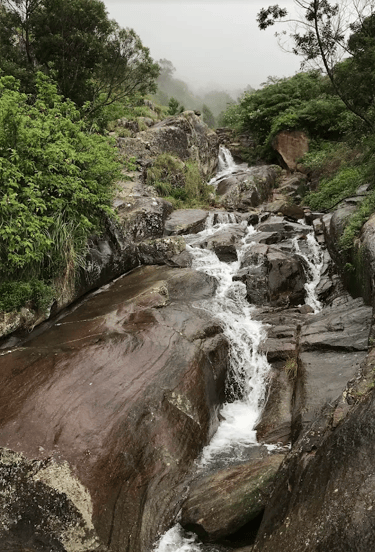Waterfalls in Sri Lanka
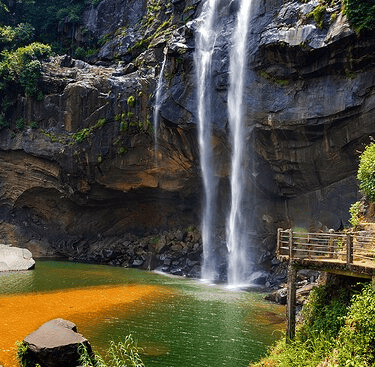

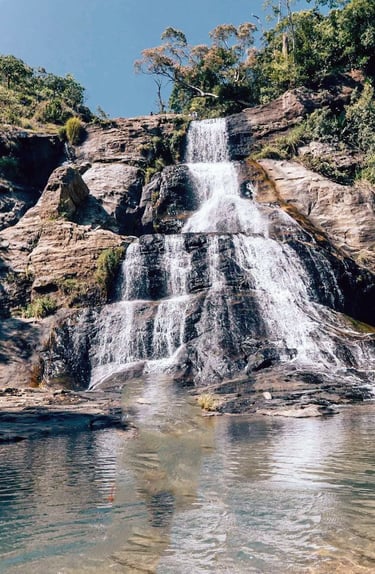

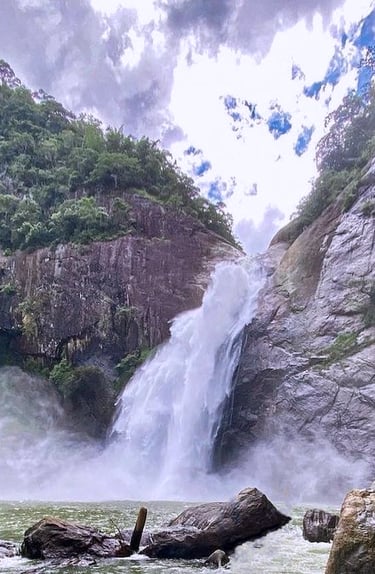

Select the best Sri Lanka Water Falls to Visit
Sri Lanka is blessed with a multitude of stunning waterfalls, each offering a unique experience. To select the best ones for your trip, you can consider below factors
Based on the Types of Waterfall Experience,
Majestic Views: For awe-inspiring sights, head to Diyaluma Falls (second tallest in Sri Lanka) or Bambarakanda Falls (tallest).
Easy Accessibility: If you prefer convenient access, consider Ramboda Falls or Devon Falls, both near popular tourist routes.
Off-the-Beaten-Path: For a more secluded experience, explore lesser-known gems like Laxapana Falls or St. Clair's Falls.
Adventure Activities: Some waterfalls, like Kirindi Ella, offer opportunities for canyoning, rappelling, and swimming.
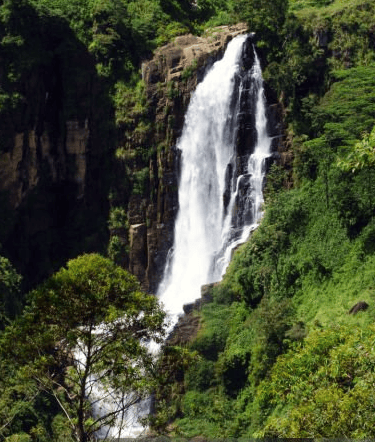

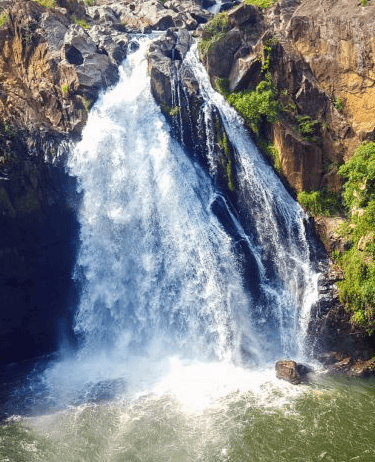

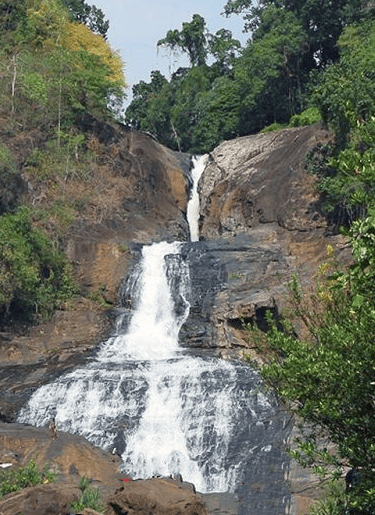

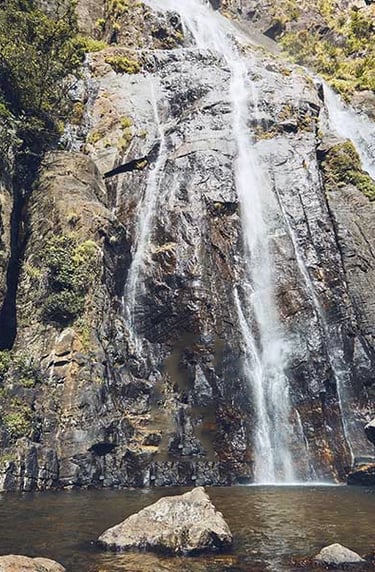

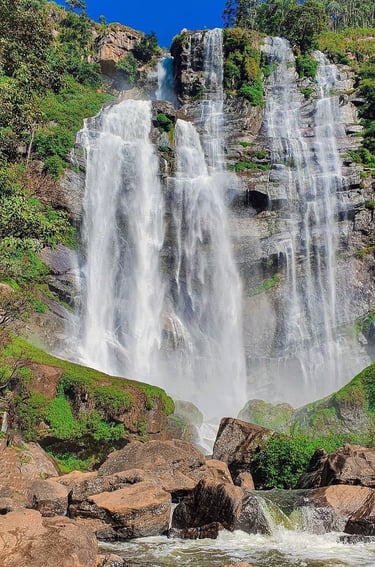

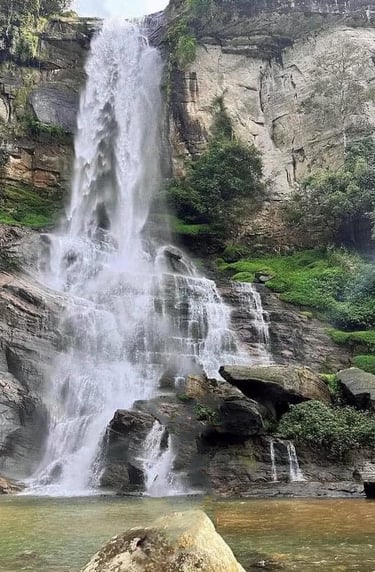

Based on the Time of Year,
Monsoon Season (May-September): Waterfalls are at their fullest and most powerful during this time.
Dry Season (December-March): Some smaller waterfalls may have reduced flow, but the surrounding scenery is often more vibrant.
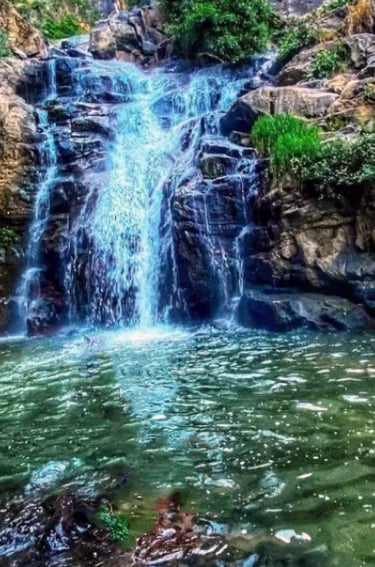

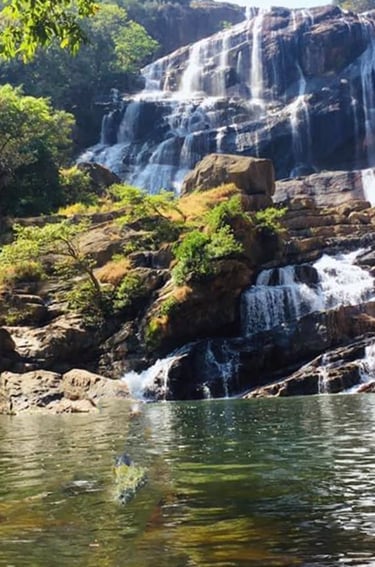

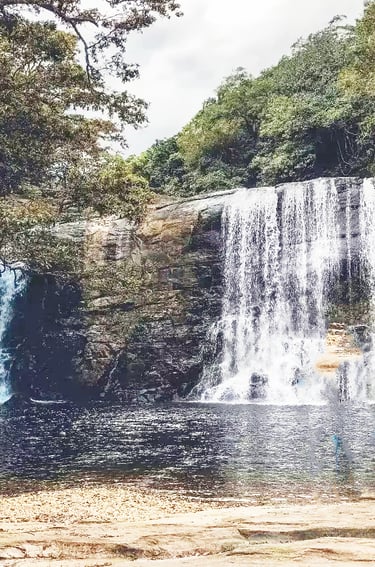

Based on the Other Factors,
Nearby Attractions: Consider combining your waterfall visit with other activities or destinations in the area.
Accessibility: Follow our Traval Guide Infomation to find out transportation options and the difficulty of the trek to reach the waterfall.
Safety: Prioritize your safety by checking local conditions and avoiding swimming in areas with strong currents.
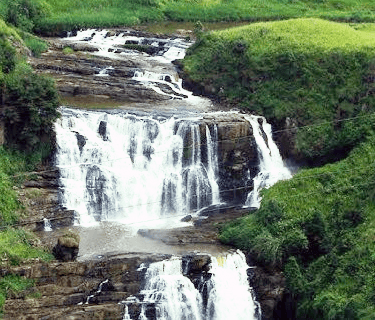

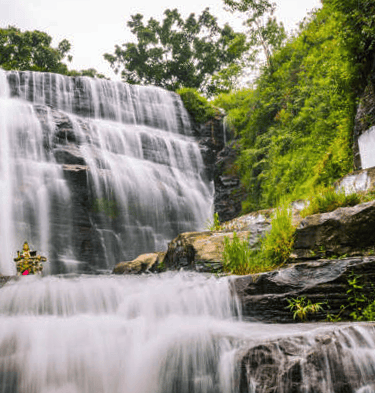

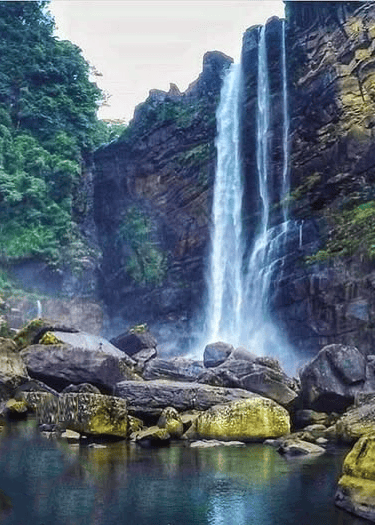

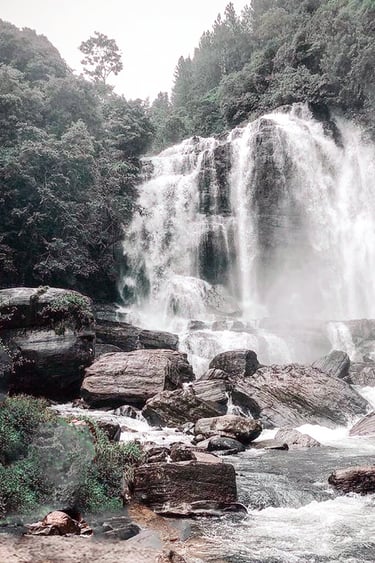

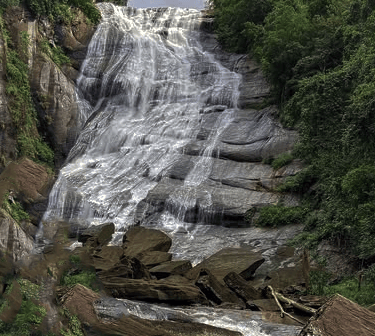

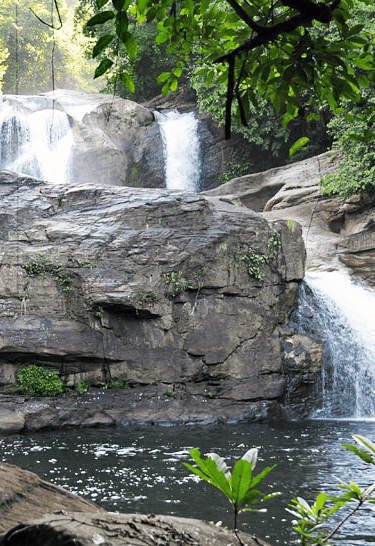

Essential Travel & Safety Tips
Wear Proper Footwear
Many waterfalls require short hikes or treks through forested or muddy paths.
Wear comfortable hiking shoes or grip-friendly sandals to avoid slipping.
Visit Early in the Morning
The light is better for photography, and it’s less crowded.
Morning mist often adds a magical touch to the falls.
Prepare for Some Hiking
Not all waterfalls are roadside attractions.
Some (like Dunhinda or Bambarakanda) involve a moderate trek. Thus plan accordingly with water, snacks, and a small backpack.
Use a Local Guide if unfamiliar with roads
Some waterfalls are in remote areas with poor signage or hidden paths.
A local guide can provide insight, ensure safety, and help you discover secret spots tourists often miss.
Pack Light but Smart
Must-haves: sunscreen, bug spray, a hat, water, snacks, a small towel, and a waterproof phone case.
A dry bag is great for keeping your electronics safe near water.
Rent a Vehicle or Hire a Driver
Public transport doesn’t reach many waterfalls.
Hiring a local driver or renting a tuk-tuk for the day gives you flexibility and local knowledge.
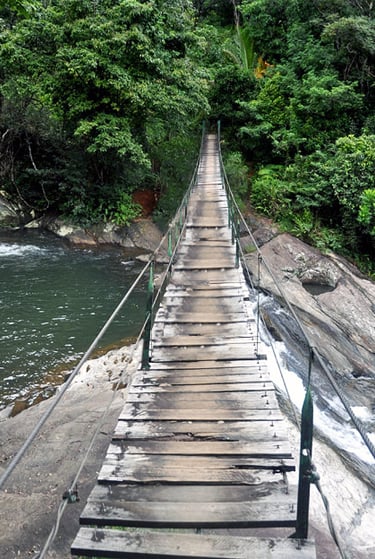

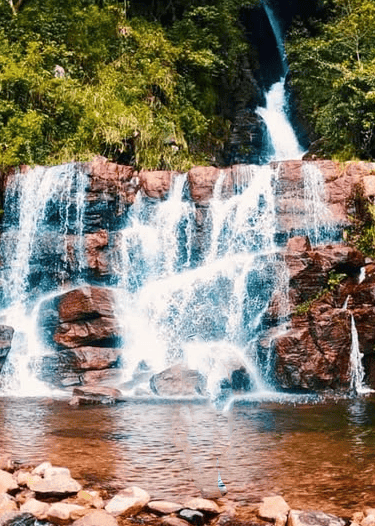

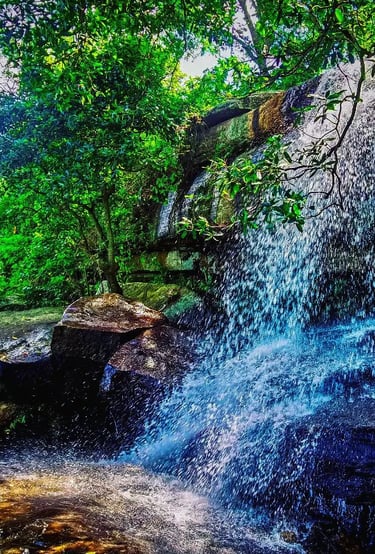

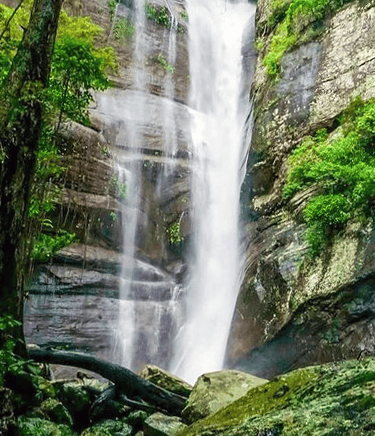

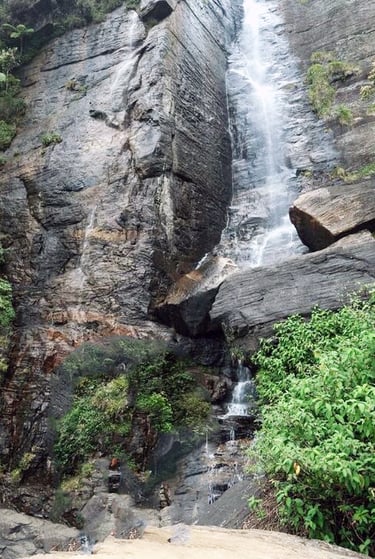

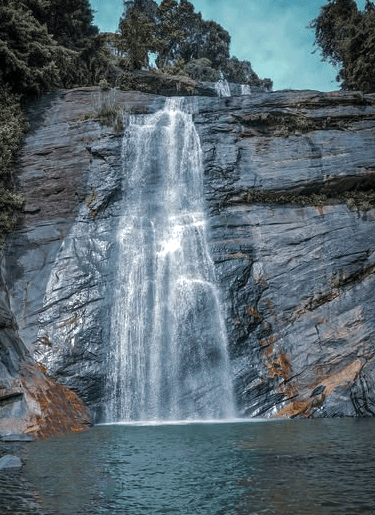

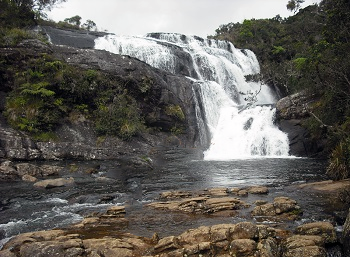

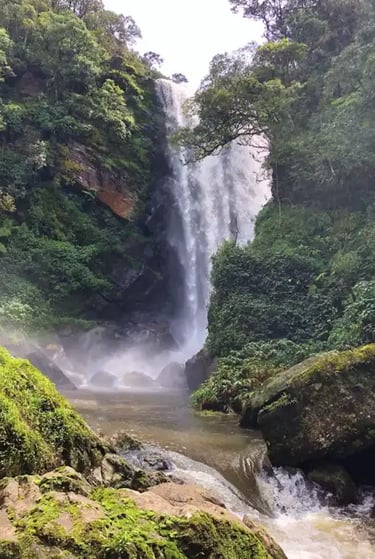

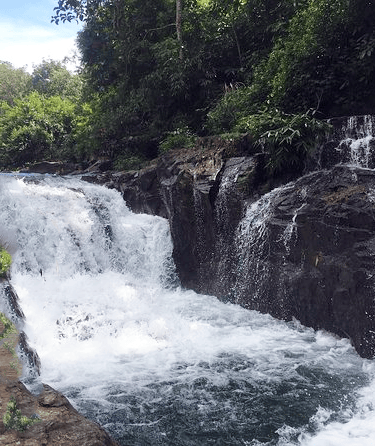

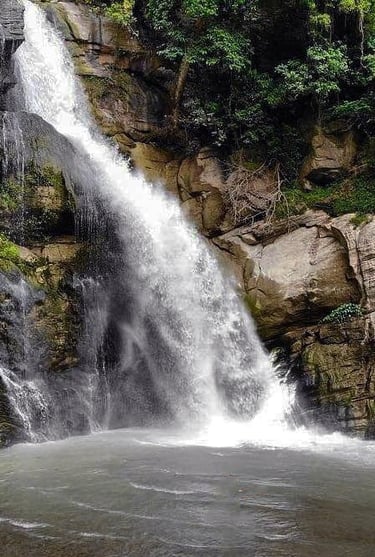

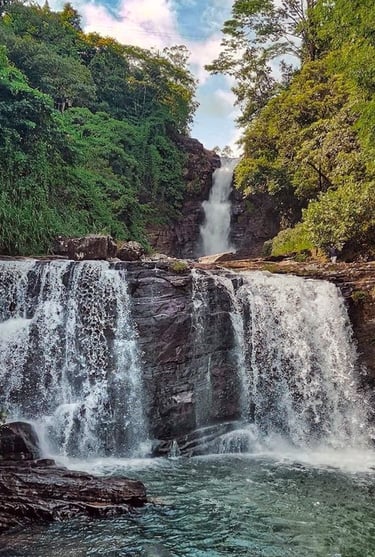

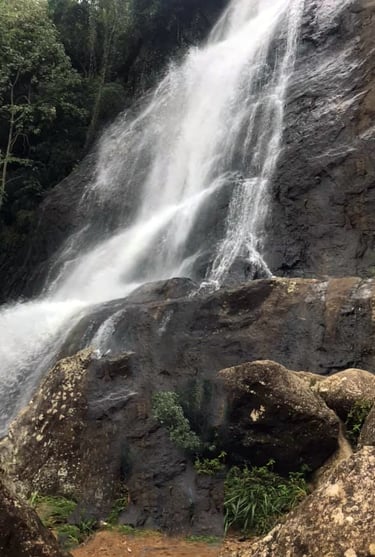

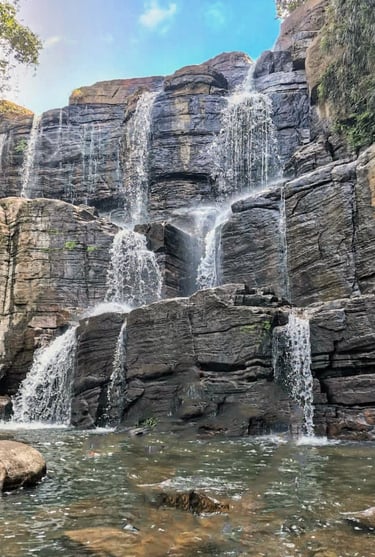

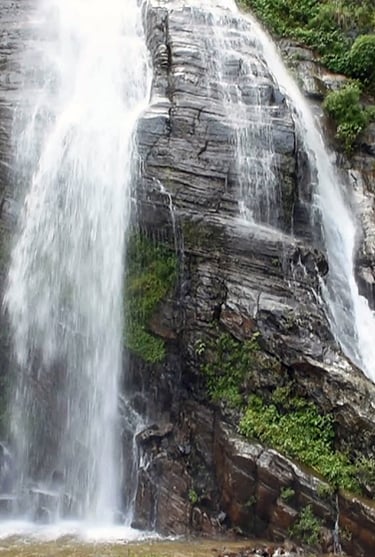

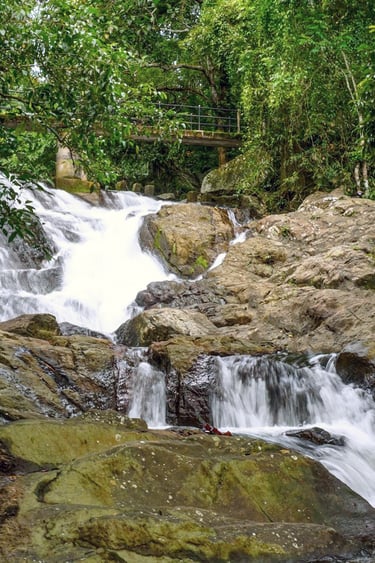



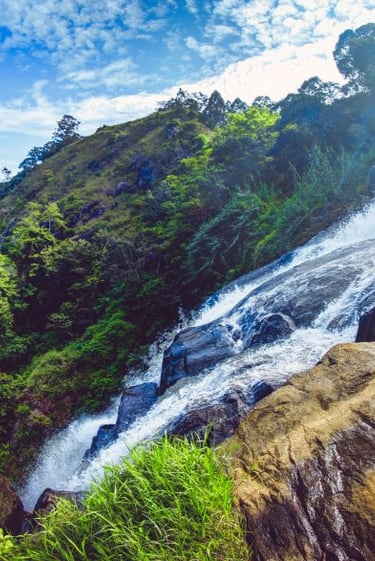



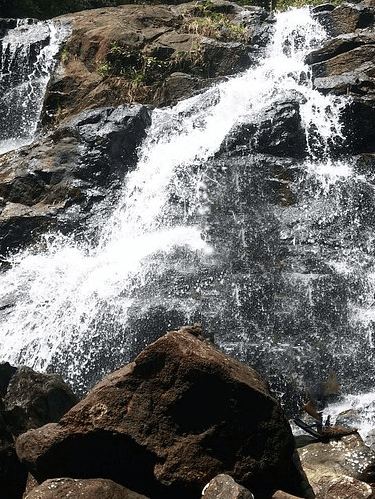

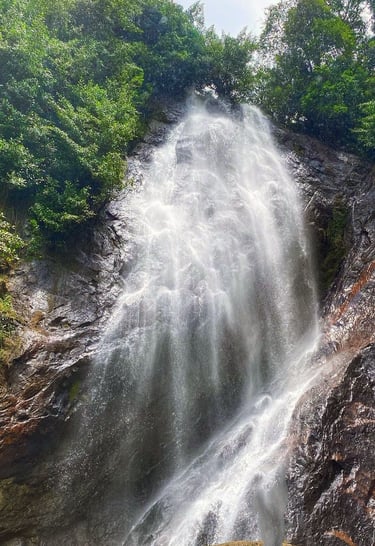

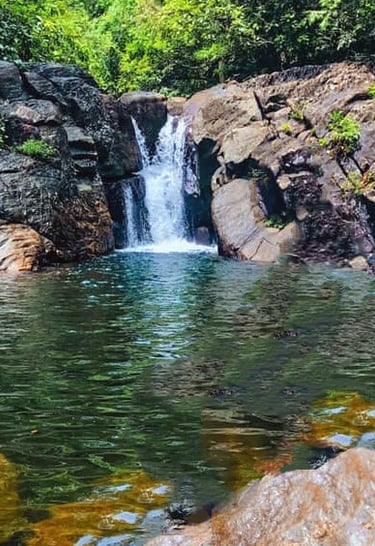

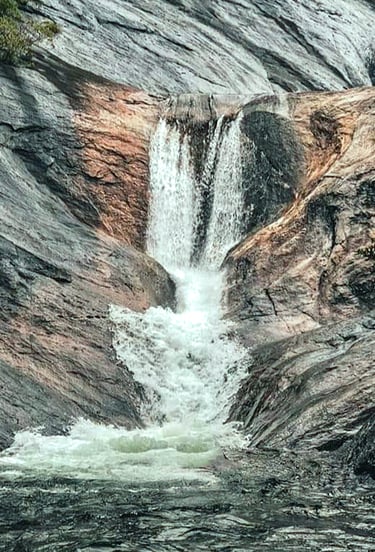

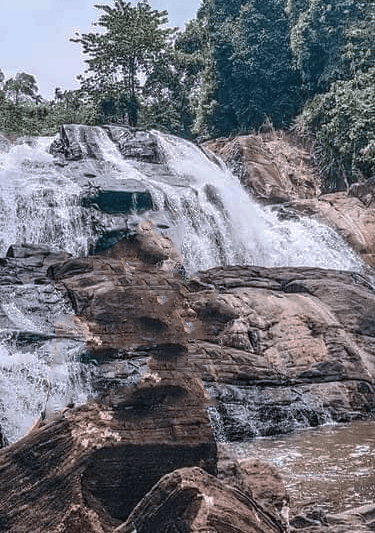

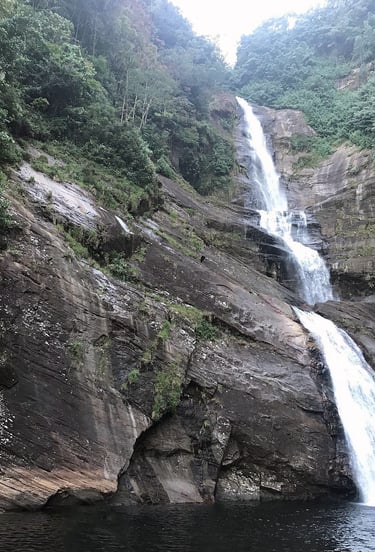

Stay on Marked Trails
Stick to official trekking paths and viewing platforms.
Avoid shortcuts or unmarked routes as they can be unstable and lead to accidents.
Beware of Slippery Rocks
Rocks near waterfalls are often wet and covered with algae, making them extremely slippery.
Wear trekking shoes with a strong grip and avoid walking barefoot or in flip-flops.
Respect Warning Signs
Pay attention to safety signs and local advice. If a sign says "No Entry" or "Danger," take it seriously.
Some areas may be prone to sudden flash floods or landslides.
Avoid the Edge
Never stand or sit on the edge of cliffs or rocks, especially when taking selfies.
A single misstep while focusing on the perfect shot can lead to a fatal fall.
Mind the Weather
Avoid trekking to waterfalls during or after heavy rain. Trails can become muddy, and water flow can increase rapidly and unpredictably.
Check the weather forecast before your trip.
Keep Your Distance from the Waterfall Base
The force of water at the base of large waterfalls can be powerful and disorienting.
Strong currents or whirlpools may be present even in shallow areas.
Use a Waterproof Bag for Gear
Protect your camera or phone with a waterproof case or dry bag.
Falling into water while trying to save your device is not worth the risk.
Don’t Go Alone
Trek with a group or a local guide who knows the terrain.
If you're exploring a remote waterfall, always let someone know your itinerary.
Keep an Eye on Children
Waterfall areas can be unpredictable for kids.
Hold their hands and ensure they don’t wander close to slippery or dangerous zones.
Key Waterfalls in Sri Lanka – By Superlatives
Tallest Waterfall
Height: ~263 meters (863 feet)
Location: Badulla District ( Close by to Ella)
Most Popular / Most Visited Waterfall
Height: ~25 meters
Location: Near Ella
Most Instagrammed / Photogenic Waterfall
Height: ~220 meters (second tallest)
Location: Koslanda, Badulla District
Widest Waterfall
St. Clair’s Falls ( AKA "Little Niagara of Sri Lanka")
Height: ~80 meters; Width: ~50 meters
Location: Near Talawakele, Nuwara Eliya District
Best Waterfall for Trekking & Nature Lovers
Height: ~20 meters
Location: Horton Plains National Park
Height: ~64 meters
Location: Near Badulla
